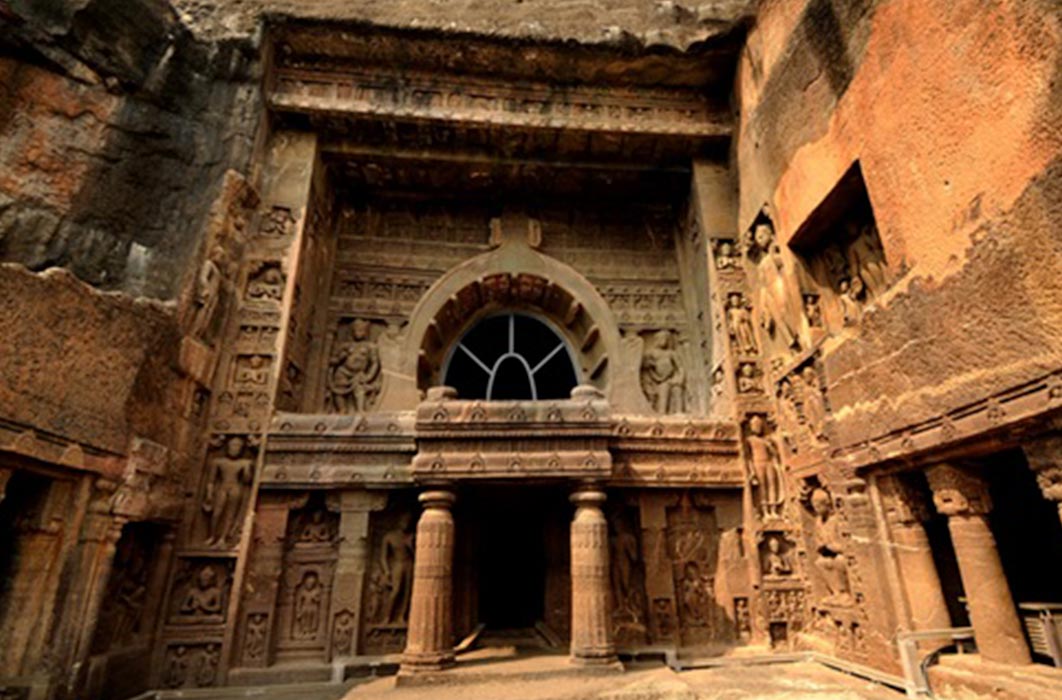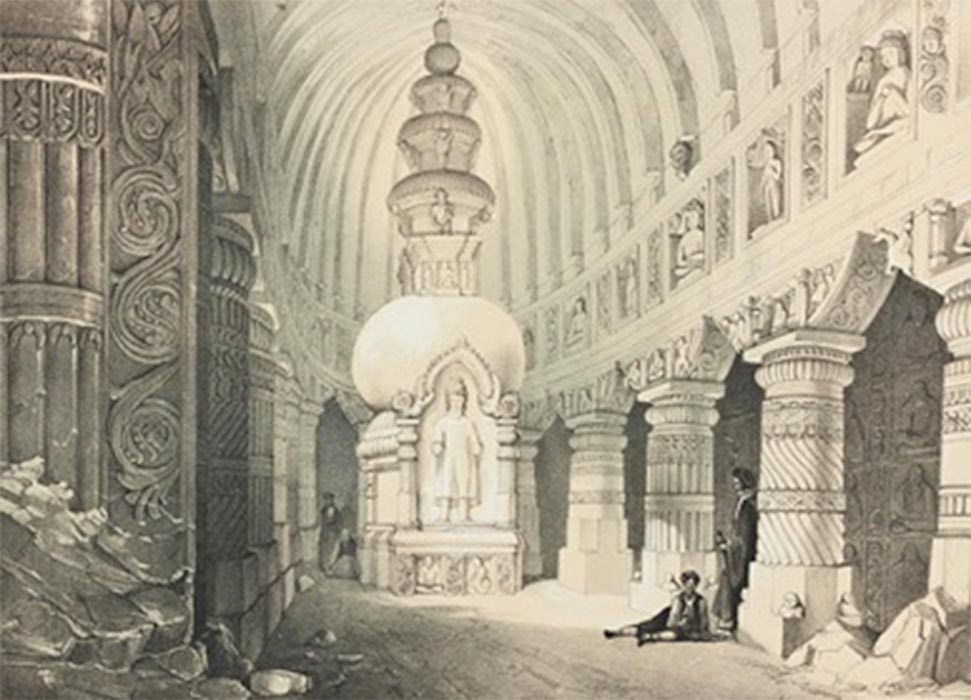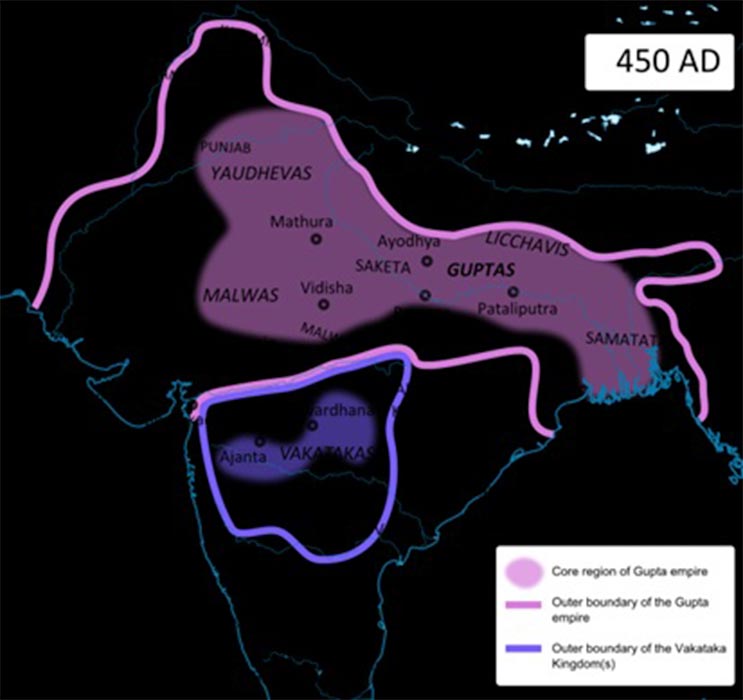
The Incredible Rock-Cut Temples of Ancient India
- By ashley cowie
- 0
The ancient landscapes of India, from Kashmir to Tamil Nadu, consist of some astounding rock-cut cave temples that are not only rich with clues about ancient and medieval cultures, but each one of these darkened chambers celebrates the amazing achievements of structural engineering and architectural planning by societies whose identities are lost in time. Their craftsmanship leaves one in awe about the many civilizations that existed on this subcontinent before the rise of modern India.

Sketch of the interior of Ajanta cave 19 (the big chaitya) by James Fergusson (1808-1886). (Public Domain)
Historians and archaeologists formally refer to cave architecture and their sculptures as ‘rock-cut architecture’ which implies the act of carving habitable chambers out of natural gaps in rock formations. The earliest cave dwellers used natural fissures for a variety of purposes such as shelters and hunting camps, but over the last 2,000 years rock-cut architecture has been mostly of a religious nature with more than 1,500 rock-cut structures existing in India alone.

Cave temple distribution map showing the time period in which they were built, highlighting that most were created in the second period under the rule of the Vakataka king Harishena (475 - 500 AD). (Woudloper/ CC BY-SA 4.0)
From Hunting Camps to Religious Temples
Rock-cut architecture and the construction skills required to build Buddhist temples in hollowed out rock faces was imported from ancient China to Central Asia, where excavating and decorating them was viewed as a pious act by monks and artisans. The major elements of cave architecture in India can be grouped into three formats, relating to the three major religions: Buddhist, Hindu and Jain caves.
According to Dr Lisa Nadine Owen in her 2006 thesis Beyond Buddhist and Brahmanical Activity: ‘The Place of the Jain Rock-Cut Excavations at Ellora,’ Buddhist sects, or chita, in Hinayana and Mahayana were places of worship used by the monks and they generally had central objects of worship called Stupa depicting Buddha in various postures. Vihara caves are the residences of the monks and Hinayana Vihara have Stupa’s without images of Buddha while Mahayana Vihara display sculptures related to the spiritual traditions of Buddhism. The measurements of floor plans and wall elevations of most cave temples also correspond with spiritual concepts.

Plan and elevation of the Kanha Cave vihara in the Nasik Caves, first century BC, which is regarded as one of the earliest in India. (Public Domain)




